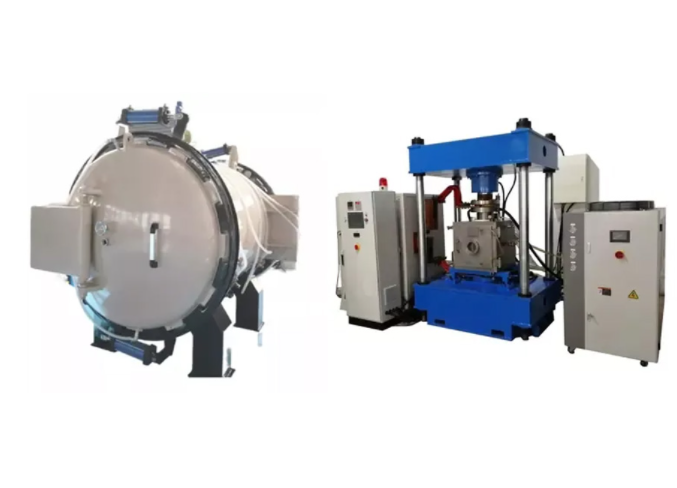Jan. 27, 22
The technology associated with the current assisted sintering process began in the late 1930s when a sintering process using electrical heating was introduced in the United States. In Japan, a similar process based on a pulsed current application sintering method was investigated and patented in the 1960s and was called spark sintering.
The second generation was developed from the mid-1980s to the early 1990s. These devices were small experimental systems used primarily for materials research. the emergence of the SPS process came during the development of the third generation of this advanced technology in the 1990s. Today, SPS has gradually become one of the key steps in obtaining patents for advanced materials, especially ceramics and metals. The use of SPS to solve very diverse technical problems has become a reality.
Spark Plasma Sintering Furnace manufacturer HAOYUE shows you the future need of SPS technology.

The industrial application of the FAST/SPS sintering method for the rapid consolidation of new materials requires special properties that must be met by the equipment, differing to some extent from the requirements of scientific work.
To ensure cost-effective production, corresponding to high throughput (among other things), the system must provide sufficient electrical output power.
Some of these sintering mechanisms can be influenced by the type of heating current. Therefore, a power supply with high flexibility is important in order to achieve optimal sintering results in terms of throughput and material quality.
The correct sintering temperature is the most important process parameter apart from time and rate of heating, which is much more important than the measured value of the mold temperature .
Controllable Temperature Smini Spark Plasma Sintering System
In any case, design optimization is beneficial, especially if higher heating rates, shortest dwell times and best material quality are required.
The so-called "hybrid heating" is a combination of the SPS method with one or several additional heating systems, usually acting from outside the press tool system, which allows a further increase of the heating rate with optimized uniformity.
The productivity of the SPS system is not only limited by the maximum possible heating rate and the shortest possible residence time, but also by the fast cooling facility, which allows early discharge of the finished press tool.
Automation is an essential prerequisite for a cost-effective industrial application of FAST/SPS sintering systems. An important step is the combination of robots and manipulators, which allows fully automated operation.
Since 2010, the Research Center for Nanomaterials and Nanotechnology, in cooperation with the European SPS technology leader, has been working on the development of new advanced multifunctional materials obtained using hybrid heating equipment. HAOYUE has large-scale modern standard plant, complete set of processing equipment and perfect quality inspection system. It has gathered a number of technical elites who have been engaged in the manufacture and service of heat treatment furnace, vacuum furnace and special furnace for a long time.
Please click the button and get in touch with us.